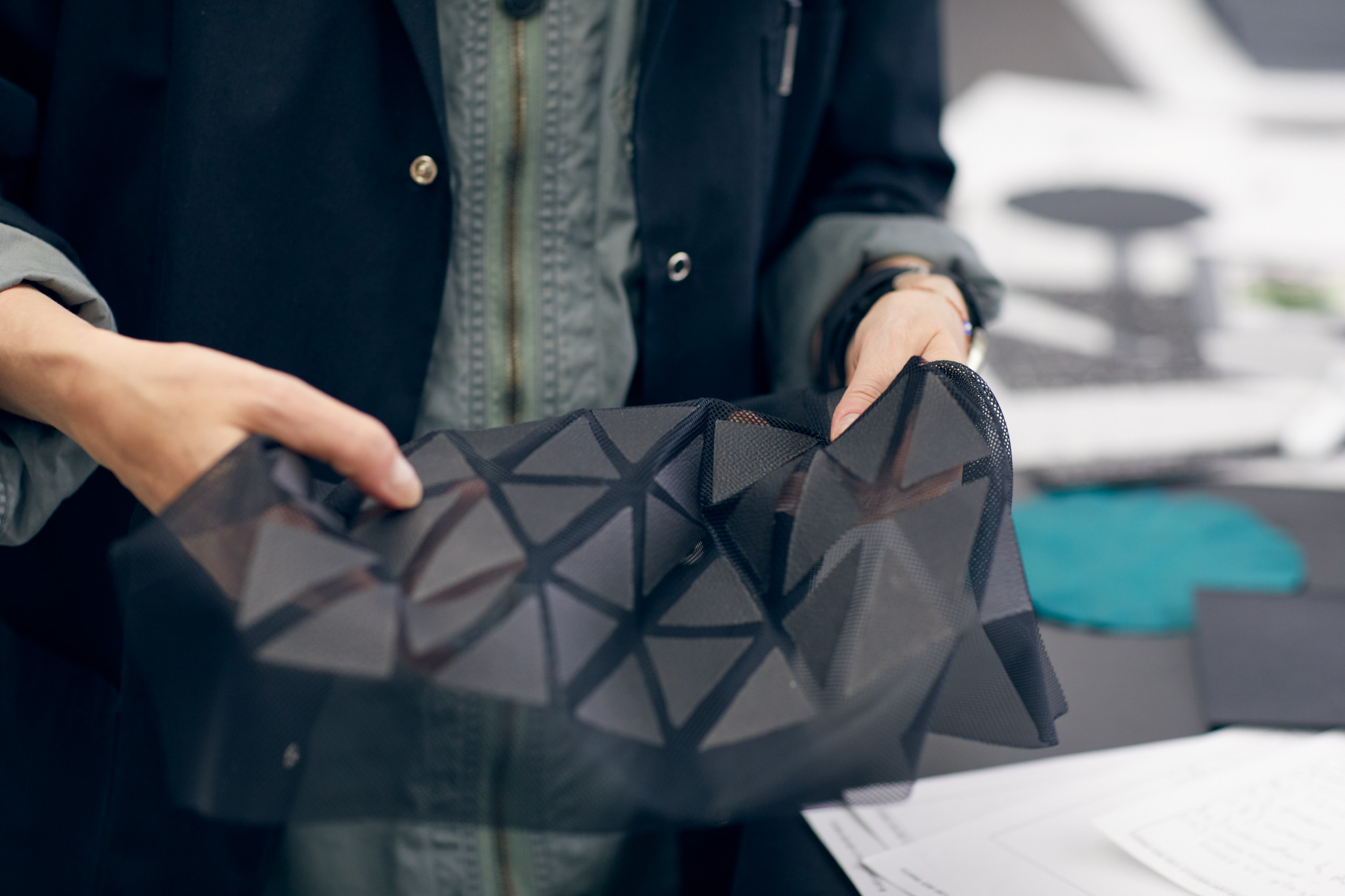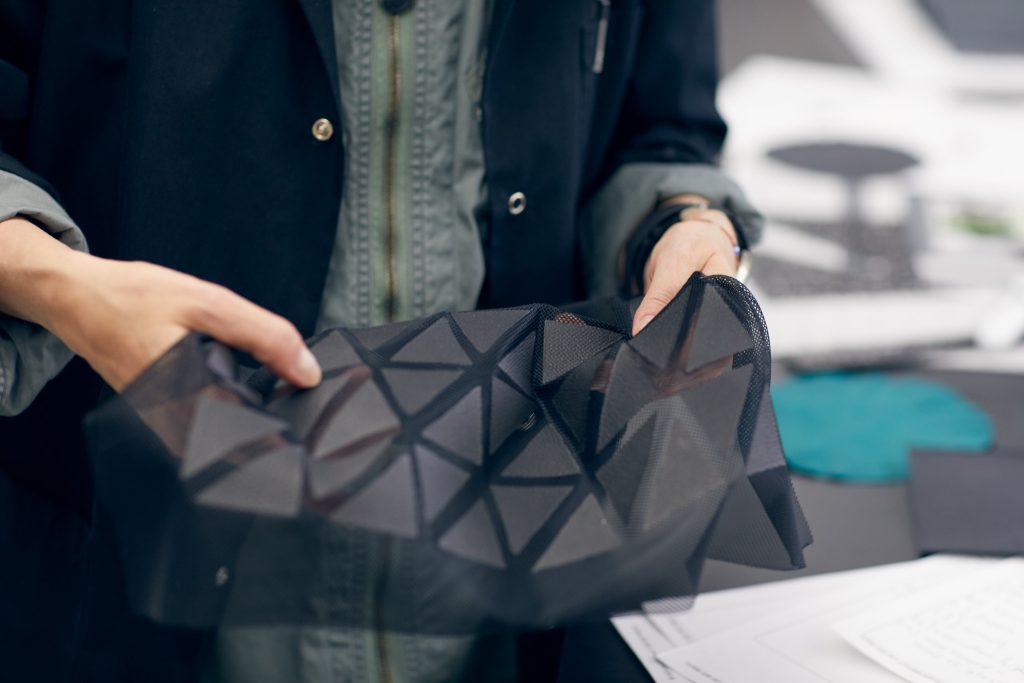When it comes to fashion, we often focus on the latest trends, the most cutting-edge designs, and the greatest style influencers. However, there is another important factor that plays a significant role in shaping the future of fashion – fabrics. Fabrics are the building blocks of our wardrobe, and as technology continues to advance, so does the range of innovative materials available to us. In this blog post, we will explore the future of fabrics and how these innovative materials are shaping the fashion industry.

As someone who has always been fascinated by the world of fashion, I am constantly seeking new ways to express my personal style. However, I am also conscious of the impact that our choices have on the environment. As I have learned more about the fast fashion industry’s detrimental effects on our planet, finding sustainable and eco-friendly options has become a priority for me. Luckily, the future of fabrics is looking greener than ever.
One of the most exciting advancements in fabric technology is the development of sustainable materials. For instance, recycled polyester made from plastic bottles is becoming increasingly popular. Brands are using this material to create everything from workout gear to trendy streetwear. Not only does this material reduce pollution by utilizing waste, but it also requires less energy to produce compared to traditional polyester. Moreover, recycled polyester has the same performance characteristics as its conventional counterpart, making it an excellent choice for both fashion and function.
Another remarkable innovation making waves in the fashion industry is vegan leather. In the past, leather was synonymous with luxury and quality, but it came at a high ethical and environmental cost. Today, designers are turning to alternatives made from plant-based materials, such as pineapple leaves, mushroom leather, and even recycled wine grapes. These vegan leathers offer the same look and feel as traditional leather but without the harmful effects on animals or the planet. As an animal lover and conscious consumer, I am thrilled to see these alternatives gaining popularity.
Technology is also revolutionizing the way fabrics are made and used. One notable development is the rise of 3D printing in the fashion industry. This cutting-edge technology allows designers to create intricate and unique garments that were once impossible to achieve by traditional means. By layering materials and using innovative patterns, designers can craft garments with personalized fit and incredible detail. 3D printing also reduces waste, as it only uses the exact amount of material needed for each item, minimizing the environmental impact.
Beyond sustainability and technology, fabrics of the future are also being designed with functionality in mind. Athleisure has been a massive trend in recent years, with people looking for clothing that can seamlessly transition from the gym to the streets. To meet this demand, designers are incorporating performance fabrics into everyday attire. Moisture-wicking materials, stretch fabrics, and even odor-resistant textiles are becoming more prevalent in our wardrobes. These fabrics not only enhance comfort but also allow us to lead active and dynamic lifestyles without compromising style.
In addition to functionality, fabrics are also being developed to cater to the evolving needs of our society. As we become more aware of the harmful effects of UV radiation, fabrics with built-in sun protection are gaining popularity. These textiles feature a UPF (Ultraviolet Protection Factor) rating, similar to the SPF rating found in sunscreen. This means that wearing garments made from these fabrics can provide an extra layer of defense against harmful UV rays, keeping our skin healthier and safer.
The future of fabrics is undoubtedly exciting and full of possibilities. From sustainable materials to cutting-edge technology and functional textiles, the fashion industry is embracing innovation. As an avid fashion lover, I am eager to see how these advancements will shape the way we dress and express ourselves. Furthermore, the increasingly sustainable and eco-friendly options will allow us to build a more conscious and responsible wardrobe.
In conclusion, the future of fabrics is both personal and informative. It is personal in the sense that these innovative materials reflect our ever-evolving values, priorities, and desires. We want clothing that looks good, feels good, and aligns with our ethical standards. It is informative because these advancements educate us about the impact of our choices and how we can make a positive change in the fashion industry. By embracing sustainable materials, incorporating technology, and prioritizing functionality, we can shape a brighter and more stylish future for fashion.

